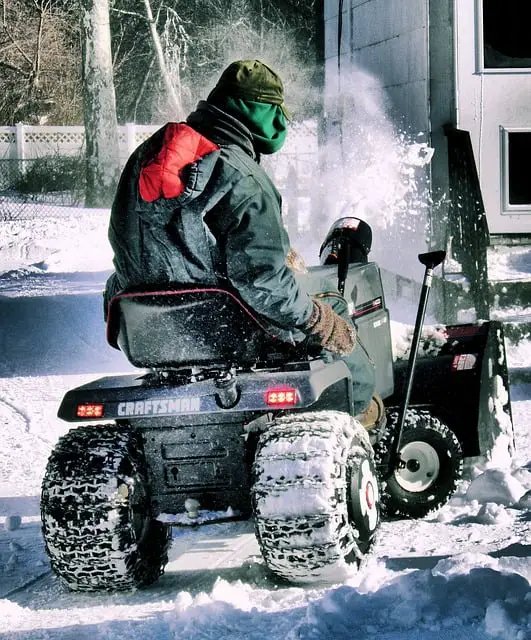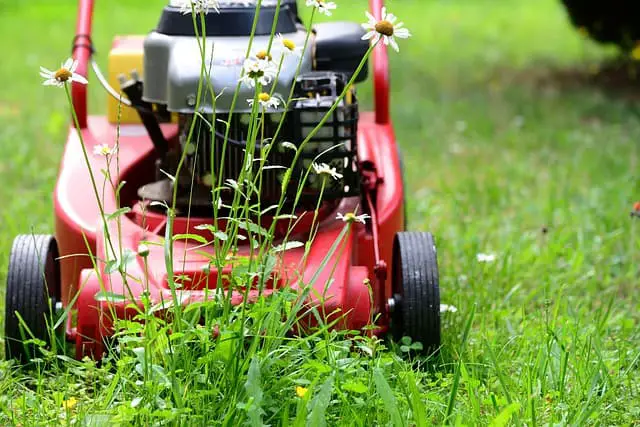There are some Massey Ferguson tractors made in the USA. But, they are an international corporation and therefore also have plants worldwide. This includes places like China, Brazil, France and Italy. While they used to be a Canada-based company, they have expanded their operations over time.
Massey Ferguson is one of those long-time agricultural equipment brands that have gone through many changes, metamorphoses and shifts. They have an interesting history but still provide some of the best quality tractors on the market today.
Was Massey Ferguson Originally an American Company?
No, the company’s roots began in Ontario, Canada and eventually shifted over to New York. Today it’s based in the United States, but it has a strong worldwide presence.
Where Are Massey Ferguson Tractors Made in the USA?
There are two plants in the United States where Massey Ferguson tractors come from: Jackson, Minnesota and Hesston, Kansas. However, their headquarters are in Duluth, Georgia. The Jackson facility produces their 7600 and 8600 series of tractors while the one in Hesston has 13 different production lines.
Where Are Massey Ferguson Tractors Made in the Rest of the World?
There are several plants that Massey Ferguson manages and oversees throughout the world. While there are rumors to open up more factories in various countries, the ones below are currently in operation. They are the following:
- Beauvais, France: Being the largest, most modern and up-to-date tractor facility, this is responsible for 85% of Massey Ferguson’s exports and has about 2,300 employees. But this could be larger now since they expanded the plant in January 2020.
- Breganze, Italy: Manufacturing Combine Harvesters, it shares its production lines with Laverda and Fendt. They’ve been in operation for over 60 years and have around 700 employees.
- Canoas, Brazil: Of all the tractor factories in South America, this one is the largest and outputs more than 50% of Brazil’s tractors. There are nearly 1,170 people who work at this plant.
- Changzhou, China: This is one of the newer facilities of Massey Ferguson, coming into existence in 2015. They produce tractors according to spec for the Asia-Pacific region and have around 1,000 employees.
- Ibirubá, Brazil: While they don’t manufacture tractors, they do produce the planters and implements for them. It’s a small factory with only 230 employees.
- Mogi das Cruzes, Brazil: This plant produces tractors along with sugar cane harvesters, sprayers, generators and engines. There is also an Emission Control Lab here and the plant employs about 750 people.
- Santa Rosa, Brazil: Since 1975, this plant manufactures Combine Harvesters and employs about 400 people.
How Long Has Massey Ferguson Been in Business?
Technically speaking, Massey Ferguson has been around since 1847 under the company name of Newcastle Foundry and Machine Manufactory. Regardless of its history, they’ve been around for 175 years and are synonymous with agricultural equipment.
Who Started Massey Ferguson & What Is Its History?
Daniel Massey was the one who first established Newcastle Foundry and Machine Manufactory in Newcastle, Ontario, Canada. He produced some of the world’s first mechanical threshers with parts acquired from the United States. When Massey’s son took over the business, Hart Massey, he renamed it Massey Manufacturing Company.
1879 to 1891
Operations then moved to Toronto in 1879 where it became one of the city’s leading employers. But then in 1891 the company merged with A. Harris Son and Company which became Massey-Harris Ltd. It was here that Massey really started developing a name for itself in the agricultural industry.
For a few decades, they built machines and equipment for farming, agriculture and landscaping but also had contracts with the military during World War II. They even came to partner with L.D. Sawyer & Company of Hamilton, Ontario to build steam engines.
Early Parts of the 1900s
Eventually Massey-Harris Ltd. involved themselves with combustion engines in the 1910s and 1920s. It was during this time they partnered with Wallis Gas Tractor. This was when personal self-propelled combine harvesters, tractors and other farm equipment became widespread.
1953 to 1988
But what we know Massey Ferguson to be today didn’t start until around 1953. At this time it was a joint venture between the UK, US and Canada with headquarters in Brantford, Ontario. It stayed this way for 35 years.
Who Owns Massey Ferguson Tractors Today?
Today, AGCO owns Massey Ferguson tractors. They acquired the company in 1997 shortly after Massey Ferguson moved their headquarter operations to Buffalo, New York.
It was after transfer of ownership to AGCO that Massey Ferguson had really taken off on a worldwide scale. However, Massey Ferguson had made several global attempts before that. They had acquired some plants in Argentina, Germany and Spain, among others.
Which Brands of Engines Are in Massey Ferguson Tractors?
Today, Massey Ferguson uses a few different engine brands in their tractors. They do not make their own. However many of their tractors come with ones made by Mitsubishi. But others come with Iseki or Shibaura diesel engines as well. The ones with Mitsubishi are most desirable.
Are Massey Ferguson Tractors Still High Quality?
Massey Ferguson tractors still have the high quality they always did, even compared to when they were in Canada. In fact, they are the number two most desired tractor for their resale value. Their quality is so popular that they have a top spot among farmers in India as well as Canada, the US and Australia.
These are some of the easiest tractors to maintain with a simple yet reliable construction. Plus, they’re impressive, durable and stand taller than other models in their class. They’ve served the world for almost two centuries, whether for farming and agricultural purposes or for military use.
However, because of changes in supply and demand for parts and materials, there have been major shifts in production. And, for this reason, the tractors do not have the same components they did in 1953. But, they still make a reliable and highly desirable tractor that gets the job done.


